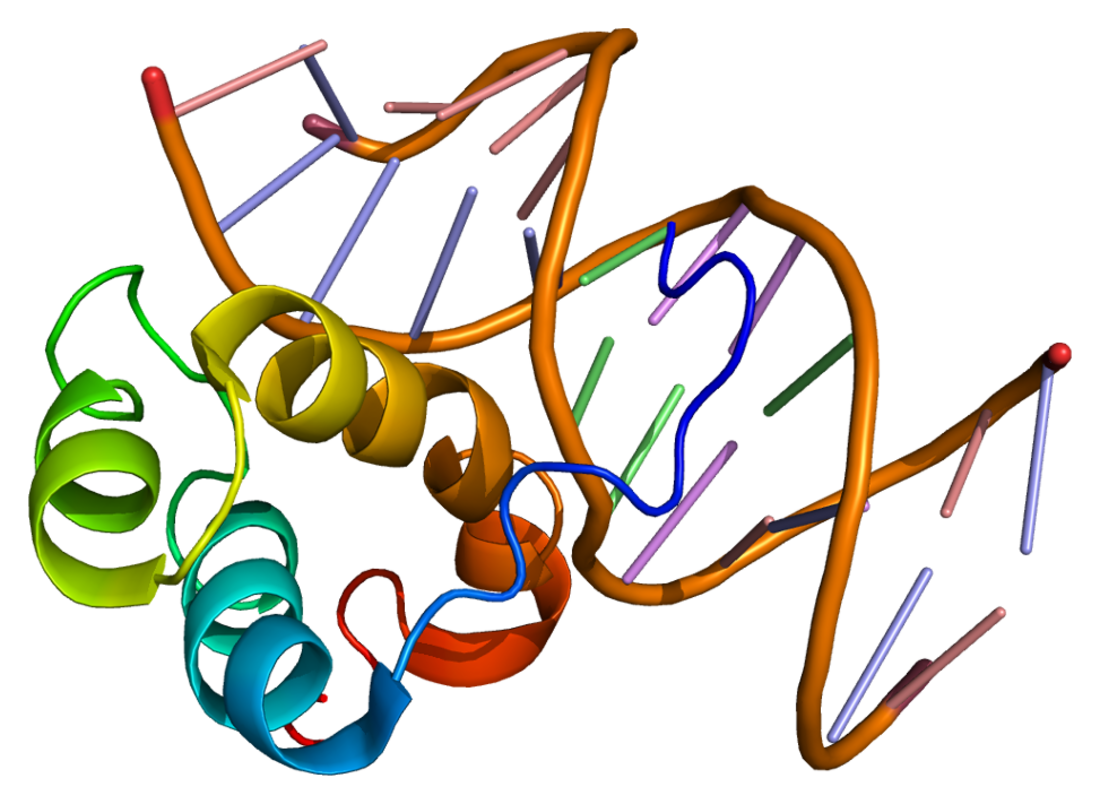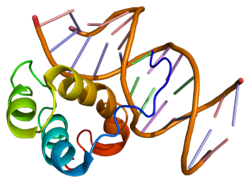PITX1
Protein-coding gene in humans From Wikipedia, the free encyclopedia
Paired-like homeodomain 1 is a protein that in humans is encoded by the PITX1 gene.[5][6][7]
Function
This gene encodes a member of the RIEG/PITX homeobox family, which is in the bicoid class of homeodomain proteins. Members of this family are involved in organ development and left-right asymmetry. This protein acts as a transcriptional regulator involved in basal and hormone-regulated activity of prolactin.[7]
Clinical relevance
Mutations in this gene have been associated with autism,[8] club foot[9] and polydactyly[10] in humans.
Genetic basis of pathologies
Genomic rearrangements at the PITX1 locus are associated with Liebenberg syndrome.[11] In PITX1 Liebenberg is associated with a translocation or deletions, which cause insert promoter groups into the PITX1 locus.[11] A missense mutation within the PITX1 locus is associated with the development of autosomal dominant clubfoot.[9]
Interactions
PITX1 has been shown to interact with pituitary-specific positive transcription factor 1.[12]
References
Further reading
External links
Wikiwand - on
Seamless Wikipedia browsing. On steroids.







